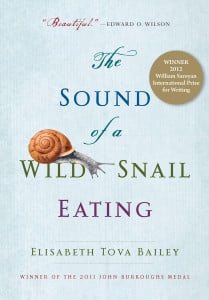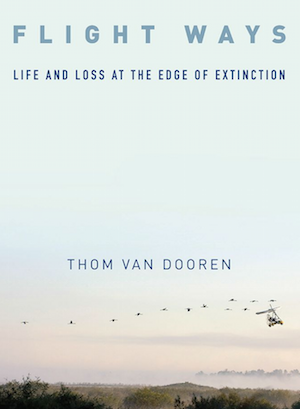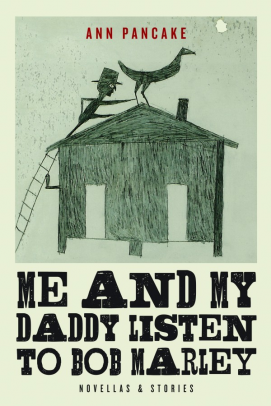Book Review: The Sound of a Wild Snail Eating
The Sound of a Wild Snail Eating by Elisabeth Tova Bailey is a meditative, thought-provoking book about one of our most underestimated and underappreciated animals—the wild snail—and the ways in which the natural …










